Short and sweet: that black metal box sitting on my shelf might look ordinary, but it’s anything but.
My first encounter with a Canon AE-1 felt like stumbling upon a secret weapon. The shutter sound gave it away – a mechanical click that turns heads of those in the know. This camera changed how I approach photography, and it’s still working its magic on me today.
I’ve watched people search high and low for good ones. Why? Despite all our digital gadgets, something about this 35mm camera pulls us back to a more thoughtful way of taking photos.
In this guide, I’ll show you what makes the AE-1 tick, its strengths, quirks, and whether it’s worth your pursuit. No fancy talk needed – this camera earned its spot in my heart through sheer performance.
The Canon AE-1 for Beginners: is it a Good Choice?
The Canon AE-1 is a great film camera for beginners. It’s simple to use, reliable, and helps you learn photography basics while taking high-quality photos.
Why the Canon AE-1 Works for Beginners
- Easy Automatic Mode: Use shutter-priority mode to pick the shutter speed, and the camera sets the aperture for you. This makes it easy to get sharp, well-lit photos.
- Manual Mode: Switch to full manual control to adjust shutter speed and aperture yourself. This helps you learn how settings affect your photos.
- Built-In Light Meter: The AE-1’s light meter shows if your photo will be too bright or dark. This helps beginners avoid mistakes.
- Clear Viewfinder: The bright viewfinder has a split-image focusing screen, making it easy to focus sharply.
- Durable Design: Its metal body is tough enough for daily use but lightweight enough to carry around.
- Many Lens Options: Use Canon FD lenses for different styles, like portraits (50mm) or landscapes (28mm).
Extra Helpful Features for Beginners
- Overexposure Warning: A red light flashes if your photo will be too bright.
- Self-Timer: Lets you take group photos or self-portraits.
- Manual Film Advance: Helps you understand how film cameras work.
Canon AE-1 Features: What Makes It Special
The Canon AE-1 is a legendary 35mm film camera known for its user-friendly design and professional-quality results. Here’s a breakdown of its standout features and why it remains popular:
1. Shutter Priority Automatic Exposure: The AE-1 introduced shutter priority mode, where you set the shutter speed, and the camera automatically adjusts the aperture.
2. Full Manual Control: Switch to manual mode to adjust both shutter speed and aperture, ideal for learning photography basics or experimenting with creative effects like motion blur or depth of field.
3. Bright Viewfinder: Its large, clear viewfinder makes framing shots easy, with a focus screen that helps you nail sharpness, even in low light.
4. Interchangeable FD Lenses: The Canon FD lens mount supports a wide range of lenses, from wide-angle (28mm) to telephoto (200mm), giving you flexibility for portraits, landscapes, or close-ups.
5. Durable Metal Body: Built with a lightweight metal chassis, the AE-1 is tough enough for daily use but portable enough for travel or street photography.
6. Advanced Electronics: One of the first cameras with a built-in microprocessor, it delivers precise metering and reliable exposure. The LED light meter in the viewfinder guides you to perfect settings.
7. Iconic Design: With its classic 1970s styling, the AE-1 is a favorite for film enthusiasts who appreciate retro aesthetics and tactile controls.
8. Affordable and Accessible: Millions were sold, making the AE-1 easy to find today. Its simplicity and reliability make it a top choice for both new and experienced film photographers.
The Canon AE-1 is the perfect blend of simplicity, durability, and creative control, making it a must-have for film photography fans.
Canon AE-1 vs. Canon AE-1 Program: What’s the Difference?
| Feature | Canon AE-1 | Canon AE-1 Program |
|---|---|---|
| Program Mode | No | Yes |
| Shutter Priority | Yes | Yes |
| Manual Mode | Yes | Yes |
| Viewfinder Display | Analog needle | Bright LED lights |
| Focusing Screen | Fixed | Interchangeable |
| Grip | Standard | Action grip (more comfy) |
| Release Year | 1976 | 1981 |
Which One Should You Choose?
- Canon AE-1: Great for learning and practicing manual settings.
- Canon AE-1 Program: Even easier to use, with a fully automatic mode and more comfort features. Perfect if you want to just point and shoot, or if you want more options as you learn.
Pros and Cons of the Canon AE-1
The Canon AE-1 is a durable, beginner-friendly 35mm SLR with great lens compatibility. However, it can experience mechanical issues as it ages and may have limited shutter speed options for advanced users.
Pros:
- Easy to Use: Shutter priority mode helps beginners take sharp, well-lit photos.
- Manual Mode: Great for learning photography basics like shutter speed and aperture.
- Durable: Metal body built to last for decades.
- FD Lenses: Works with many affordable, high-quality lenses.
- Clear Viewfinder: Bright, easy-to-use focusing screen.
Cons:
- No Auto Mode: Only shutter priority or manual—no aperture priority or full auto.
- Loud Shutter: Not ideal for quiet settings.
- Battery Dependent: Needs a battery for the light meter and shutter.
- Aging Issues: May need repairs (e.g., shutter squeak, light seals).
- Plastic Parts: Less durable than all-metal cameras.
A great beginner film camera for learning basics, but it lacks modern auto features and may need maintenance.
Canon AE-1 vs. Other Popular 35mm Cameras
The Canon AE-1 is one of the most famous 35mm film cameras ever made. But how does it compare to other popular 35mm cameras? Here’s an easy-to-understand guide:
| Camera Model | Main Feature | Exposure Modes | What’s Special? |
|---|---|---|---|
| Canon AE-1 | Shutter priority auto exposure | Shutter priority, manual | Easy for beginners, classic design |
| Canon AE-1 Program | Adds Program (full auto) mode | Program, shutter priority, manual | Even easier for beginners, more flexible |
| Canon A-1 | Multiple auto modes | Program, shutter priority, aperture priority, manual | More advanced, more choices |
| Canon AV-1 | Aperture priority | Aperture priority, manual | You pick the aperture, the camera picks the shutter speed |
| Nikon FE | Aperture priority | Aperture priority, manual | Popular with those who like more control |
| Olympus OM-2 | Aperture priority | Aperture priority, manual | Small and light, easy to carry |
| Pentax ME Super | Aperture priority and manual | Aperture priority, manual | Compact and simple to use |
| Minolta X-500 | Aperture priority and manual | Aperture priority, manual | Bright viewfinder, easy controls |
Troubleshooting and Repairing Common Issues
The Canon AE-1 and AE-1 Program are beloved cameras, but like any older equipment, they can experience common issues, especially as they age.
Below is a list of the most frequent problems users encounter with these cameras, along with troubleshooting tips and repair advice.
1. Battery Issues
Problem: The Camera doesn’t power on.
Solution: Replace the 4LR44/PX28 battery, ensuring correct installation. Clean the battery contacts if necessary.
2. Shutter Not Working
Problem: Shutter doesn’t fire or is erratic.
Solution: Replace the battery. Check the shutter speed dial for correct settings. If it persists, the shutter may need professional repair.
3. Film Not Advancing
Problem: Film stuck or not advancing.
Solution: Ensure proper film loading. Manually turn the take-up spool if stuck. Clean the film transport mechanism.
4. Erratic Light Meter
Problem: The Light meter gives inaccurate readings.
Solution: Replace the battery. If issues persist, the meter may need recalibration by a technician.
5. Sticking Mirror
Problem: The Mirror stays up or doesn’t drop after a shot.
Solution: Gently press the shutter release. If not fixed, it’s likely a mechanical issue needing professional attention.
6. Viewfinder Issues
Problem: Foggy or dirty viewfinder.
Solution: Clean the viewfinder with a soft cloth. If fogging is internal, professional servicing is required.
7. Rewind Lever Problems
Problem: The Rewind lever is stuck or broken.
Solution: Gently pull the rewind lever while turning the knob. If broken, repair by a professional is needed.
8. Shutter Curtain Issues
Problem: The Shutter curtain doesn’t open or close properly.
Solution: If the shutter fails to operate, it may need internal cleaning or mechanical repair by a technician.
9. Film Advance Lever Problems
Problem: The Film advance lever is stiff or doesn’t engage.
Solution: Inspect for dirt or blockage. Lightly lubricate or have it serviced if the issue persists.
If problems persist after trying these fixes, seeking a professional repair service is recommended to ensure your Canon AE-1 operates smoothly.
The Bottom Line
My path with the Canon AE-1 has taught me that this camera is more than just a vintage collector’s item—it’s a photography teacher in mechanical form. As I’ve shared throughout this guide, its blend of simplicity and capability makes it special.
What have I learned? This 1970s marvel forced me to slow down, think before shooting, and focus on composition rather than mindlessly clicking like I often do with digital cameras.
If you’re ready to try film photography with the AE-1, I recommend checking local camera shops, online marketplaces, or even asking older relatives if they have one tucked away. A good copy typically costs between $100 and $ 200.
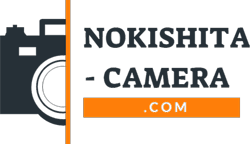
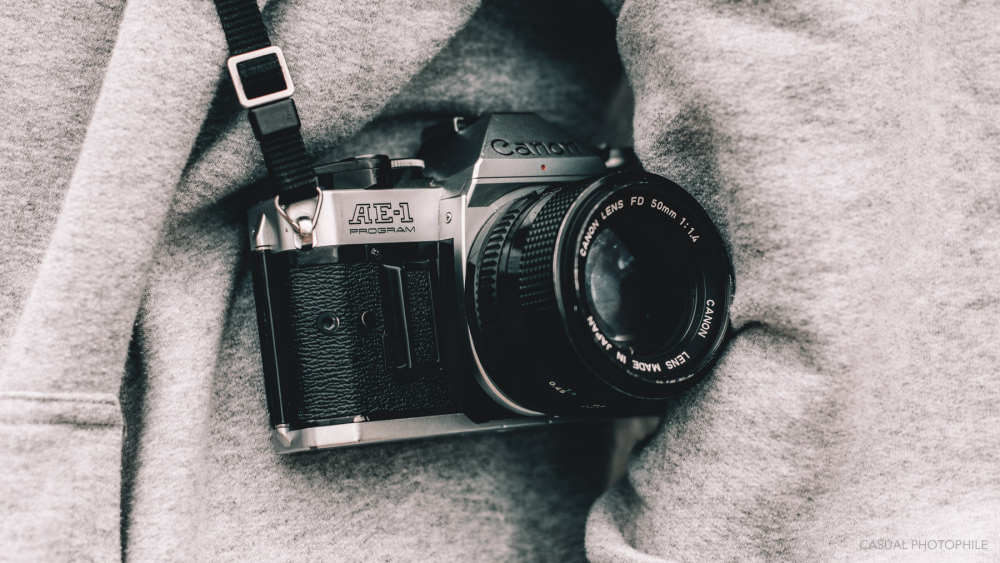
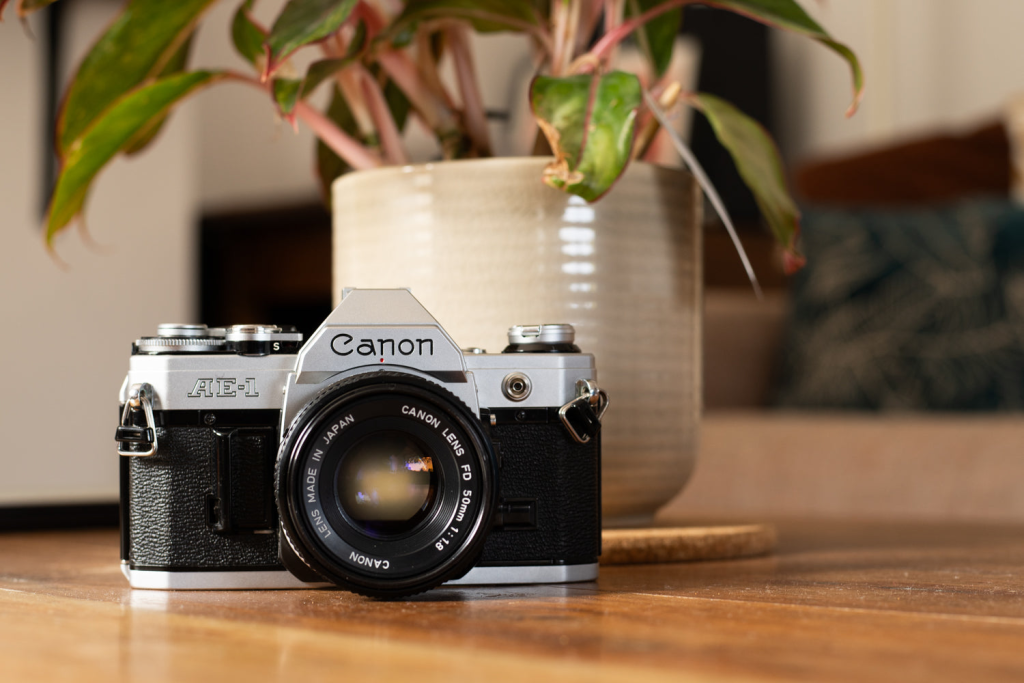
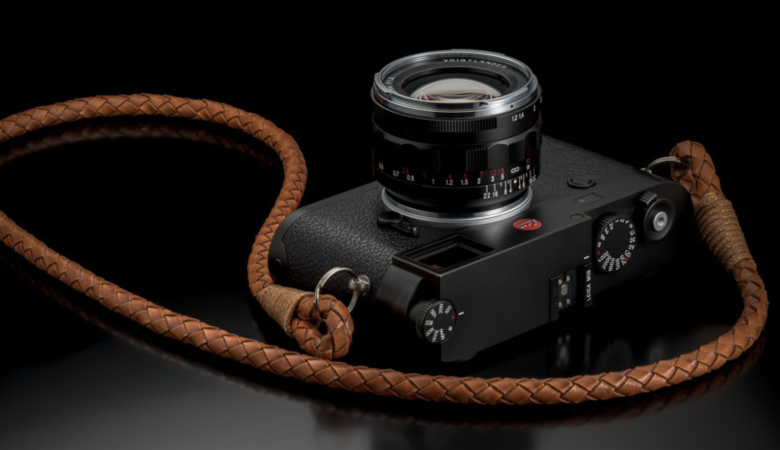


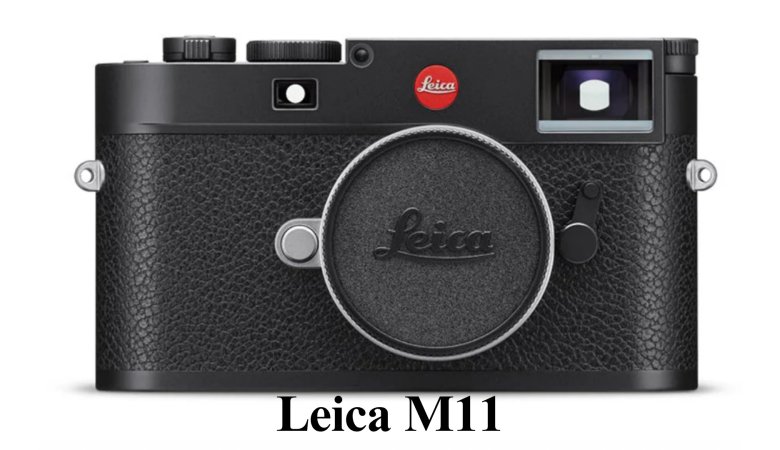
Leave a Reply